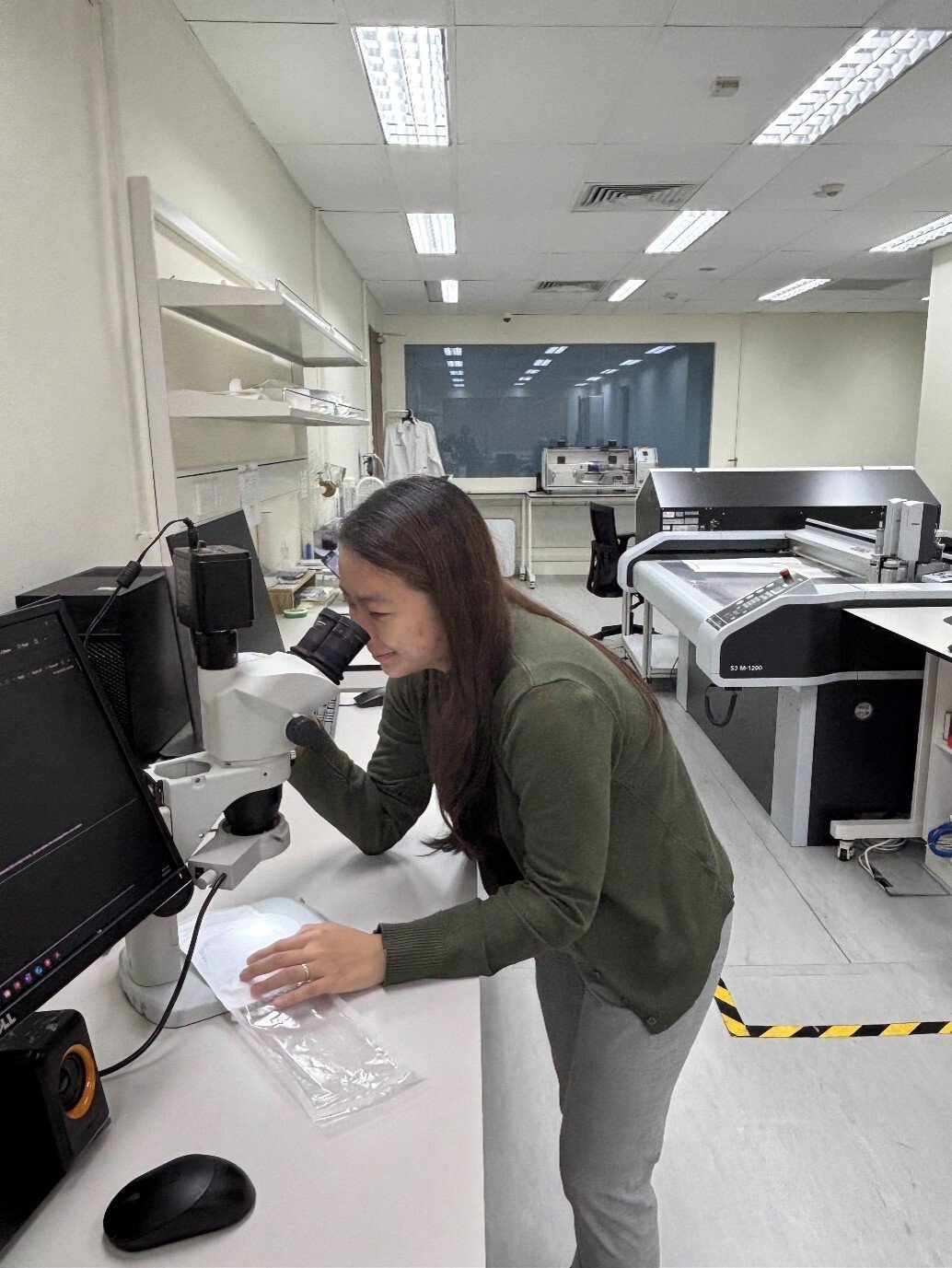From Cradle to Grave: What is a Life Cycle Assessment (LCA)?
In the packaging world, sustainability has been a buzzword for a long time. But with changing legislation on the horizon, it’s time to make it a reality. Sustainability and Life Cycle Assessments (LCAs) go hand-in-hand, but are they the answer? Do they really help to move the needle? Together, we’re going to take a look at what an LCA is, why a Medical Device Manufacturer (MDM) would want to use it, and some important considerations.
Life Cycle Assessment (LCA)
ISO 14040, a standard that helps as a guide of how to interpret LCA findings states, “LCA addresses the environmental aspects and potential environmental impacts (e.g., use of resources and the environmental consequences of releases) throughout a product's life cycle from raw material acquisition through production, use, end-of-life treatment, recycling, and final disposal (i.e., cradle-to-grave).”

It's common in the industry to break an LCA into buckets—inventory analysis and impact assessment. Inventory analysis looks at what materials are being used in the process and what you are analyzing. Impact assessment, which is the output of things like water usage, greenhouse gases, etc., is what you can then take and compare.
Why would an MDM want to run an LCA? And how would they use LCA data?
In my role, there are quite a few reasons why I would want to run an LCA. For starters, it can help to give me the bigger picture and understand the impact of my decisions. An LCA can help me choose a more sustainable material—can I downgauge, is it recyclable, does it contain recycled content? The assessment can help me determine at what point is it more sustainable to use a virgin material, or if I should consider re-use of secondary or tertiary packaging (shippers, pallets, etc.) based on my company’s distribution footprint.
If I think outside of my role, to a bigger MDM perspective, there are four key reasons an LCA could be valuable.
Comply with Regulations.
Customer Demand.
Company Environmental, Social, and Governance (ESG) goals.
Data-based decisions.
Considerations
As LCAs become more available, it is important to be mindful of how they are compiled. A common misconception is that you can compare one LCA to another. However, while ISO 14040 is technically a standard (just like ISO 11607), it reads as more of a guideline—it is left to audience interpretation. This means there is no consistency in how you or another organization in your value chain publishes an LCA. Therefore, it is essential that you do not directly compare LCAs without understanding all of the inputs.
For example, how is your supplier estimating carbon footprint? Are they basing it off their United States locations they send you product from, or their European locations? Or are they taking the average, or maybe they’ve let you cherry pick which location you would prefer?
LCAs can also compare processes rather than materials, and in this case, you must ensure all factors are truly being considered. Are you really looking at a product from cradle to grave? To do so means you’re looking at more than the unit but the whole infrastructure of the new process vs. the old. Ensuring you are comparing the right inputs is important.
Lastly, don’t forget to look at what data is not included in the LCA. Has data been left out? Is there proprietary data that is not included but could negatively impact the LCA? I like to think that LCAs are similar to how you would run a cost estimate on a project. How you calculate it compared to another packaging engineer is likely very different. It’s an exercise rather than validated testing.
So, are LCAs really moving the needle? As I continue to learn more about LCAs and how they impact my role and the packaging world, my takeaway is that an LCA may be able to provide me with data that can support my sustainability efforts. The key is to use LCAs to compare a product or material from another, and to be intentional about the variables that are constant rather than the ones that can change. However, in my opinion, what is more important is that I understand my supply chain. How my packaging is being created, how it is used, and where/when it is being disposed of. Properly understanding your supply chain, and supplementing that understanding with LCA data outputs for comparison exercises, will help drive decisions that truly make an impact.



